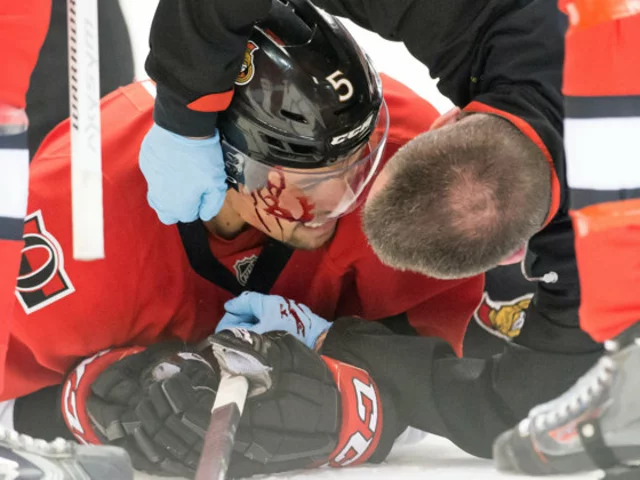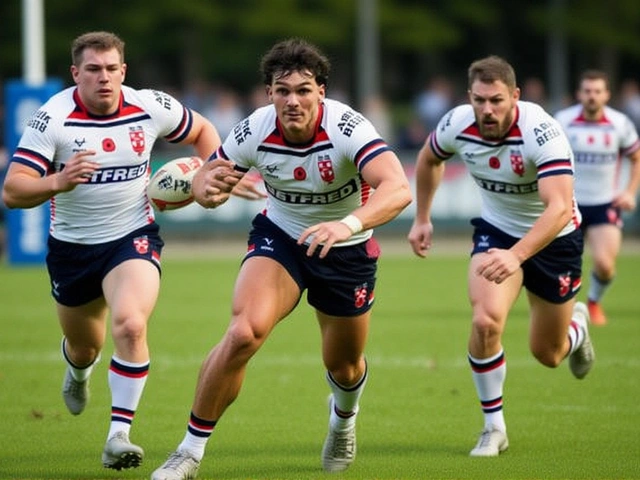Sports Accidents: What Happens, How to Prevent & Recover
Ever walked off a game thinking you were fine, only to feel the pain later? Sports accidents are part of every game, but you don’t have to let them ruin your season. In this guide we’ll break down the usual culprits, simple steps to keep injuries at bay, and what to do when something does go wrong.
Typical Injuries in Different Sports
Every sport has its own injury fingerprint. In football you’ll see ankle sprains and hamstring pulls; basketball adds knee twists and wrist bruises; hockey brings concussions and shoulder impacts. Even lower‑impact games like golf can cause back strain from a bad swing. Knowing the pattern helps you spot trouble early. For example, a sharp pop in the knee during a sprint is often an ACL strain, while a dull ache after a long run usually points to a shin splint.
Most accidents share three main causes: poor warm‑up, over‑use, and bad technique. Skipping dynamic stretches leaves muscles stiff, making them snap under load. Repeating the same motion day after day without rest builds microscopic tears that turn into big problems. And even a tiny flaw in your form—like a hip that drops when you swing a bat—can stress joints over time.
Steps to Stay Safe and Recover Fast
First thing: warm‑up like you mean it. A five‑minute jog followed by sport‑specific moves gets blood flowing and loosens joints. Next, protect the weak spots. Wrist guards for skateboarding, mouth‑guards for rugby, and proper shoes for running all make a huge difference.
If you feel pain, stop and assess. Ice the area for 15‑20 minutes, compress with an elastic bandage, and elevate if possible. This RICE method cuts swelling and speeds up healing. When the pain persists beyond a couple of days, see a physio or sports doctor—ignoring it only makes the recovery longer.
While you’re healing, stay active with low‑impact exercises. Swimming, cycling, or even yoga keep the circulation going without stressing the injury. Strengthen the surrounding muscles to give the injured area better support when you return.
Finally, build a habit of regular rest and cross‑training. Mixing sports prevents over‑use of the same muscles and keeps you fresh. Listen to your body—if you’re constantly sore, you probably need more downtime.
Sports accidents are inevitable, but they don’t have to end your game. By understanding common injuries, warming up properly, using the right gear, and reacting quickly when something hurts, you’ll stay on the field longer and enjoy a smoother comeback after any setback.

What have been some of the most horrific injuries in Ice Hockey?
In my years following Ice Hockey, I've seen some truly horrific injuries that left me stunned. One of the most gruesome was Clint Malarchuk's neck injury in 1989, where a skate blade sliced his jugular vein, leading to a life-threatening situation. The heartbreaking career-ending eye injury of Bryan Berard in 2000 was another devastating blow. Richard Zednik's 2008 neck injury was equally shocking, when he accidentally got cut by his teammate's skate. It's a brutal reminder of the risk these athletes take every time they step on the ice.
View More



